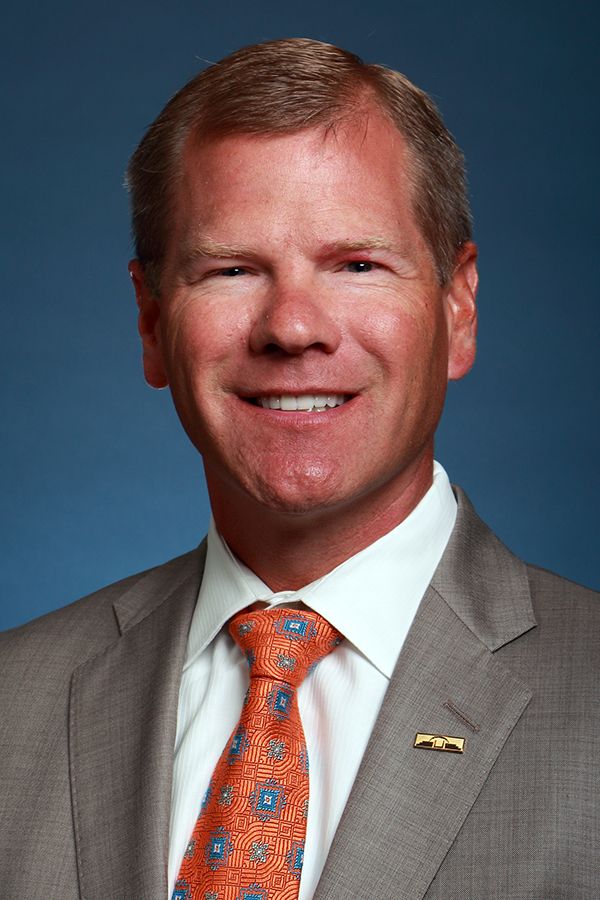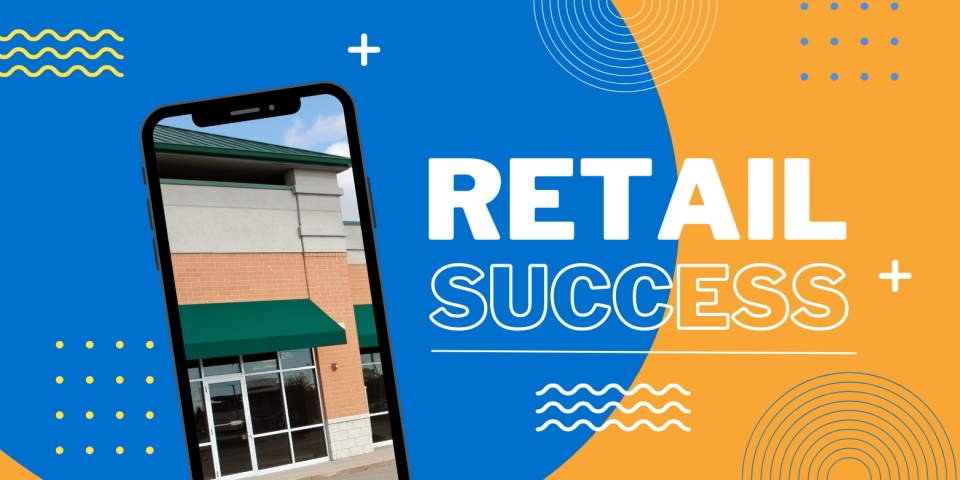Shopping centers can have a major impact on the health of a community. Placing—and keeping—the right tenant in the right location is critical to creating a center that provides value to the community and maximizes foot traffic, and in turn, brings value to our investors.
For instance, our Regional Vice President of Leasing, Vasili Lyhnakis, was recently part of an opportunity that allowed us to recapture some sites in our portfolio due to RadioShack closures across the country.
In one case, at our Rolling Hills Shopping Center in Tucson, Arizona, we added Verizon. We knew as part of our merchandising strategy that Verizon would fill an unmet demand in the community. Verizon also generates strong traffic and is investing in leasehold improvements, which enhances the value of the space and the center.
Achieving this mutual fit is a multi-pronged process. Here are several steps we’ve found to contribute to success when locating and retaining the right tenants for our centers.
1. Examine the economics. This step is, naturally, critical to ensuring a new tenant will add value to a center and the community, and that the center will be the right home to help the tenant meet its business goals. Operational history, cash on hand, and credit are key areas that we focus on when making an economic decision to move forward or pause.
2. Follow the DAVE guideline. Design, Access, Visibility, and Environment (DAVE) are four major factors that we explore when buying properties. Design is important to retailers because the orientation of the center impacts the traffic flow. Ease of accessibility to a property leads to better traffic flow and an increase in customers. Visibility is also crucial. We consider whether the center is near main arteries and if there are buildings blocking the line-of-sight to our merchants. Finally, environment pertains to demographics such as daytime and nighttime traffic, number of rooftops, major employers, hospitals, and nearby schools.
3. Conduct corporate visits. We do portfolio reviews for 30-40 of the most active retailers that lease space in grocery-anchored centers. We discuss updates on their operations and learn about their strategies for growth. From there we can determine which of our available sites match their criteria, which helps them secure space and further builds and maintains our tenant relationships.
4. Seek longer term leases. Stronger communities tend to have a stable base of retailers. When markets heat up and occupancy increases with creditworthy tenants—such as now during the post-recession era—we’re in a good position to secure long-term leases of five to 10 years that will provide value at stabilization.
5. Be a good listener. This is a simple step that can make a big difference when matching the right tenant to the right location. We gain a thorough understanding of what prospective tenants are looking for in a location and discuss what elements will help drive their business. In turn, we can better determine which of our centers might be a good mutual fit for them.
6. Maintain high responsiveness. It’s important we maintain open communication with our tenants and respond in a timely manner when issues arise. This is where a strong property management team comes into play. We consistently meet one-on-one with our retailers as well as conduct annual tenant satisfaction surveys.
Our goal is to continue providing our tenants with safe and well-maintained shopping centers that will drive traffic and generate a positive impact on their communities.
Published On Oct 15, 2015
in Areas of Expertise





